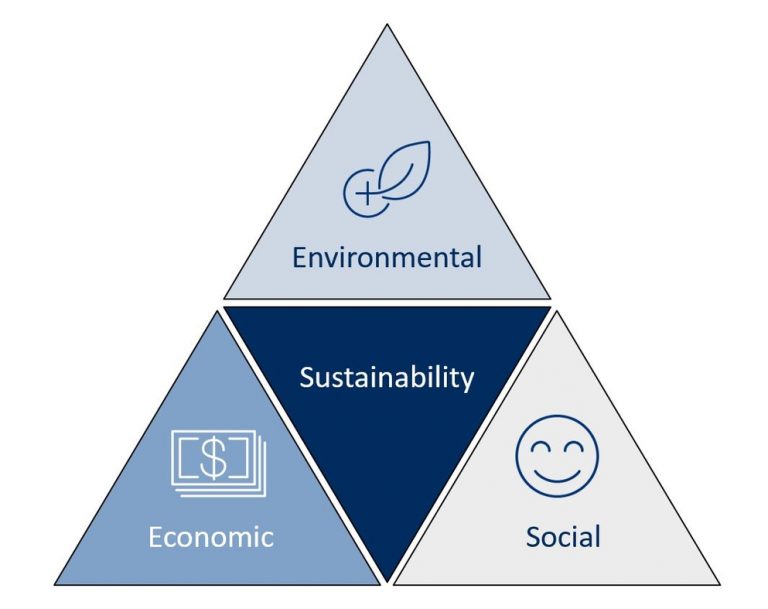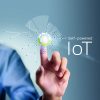Check the sustainability factor of the energy harvesting technology

If there’s one topic that has been present over the last couple of decades, it’s sustainability. People are trying to act sustainably in the way they live, paying attention to recycling, consuming less plastic, using bikes and public transport instead of cars, and buying local goods.
Companies have also acknowledged that this is something they have to pay attention to on a day-to-day basis – not only when it comes to internal processes but also to meet the needs of eco-minded customers and partners. Certain technologies have the power to guide us in the right direction and there is an interesting concept to check the sustainability factor.
The three pillars of the sustainability triangle
Have you heard of the sustainability triangle? It consists of three pillars: economic, ecologic and social. It reconciles economic and social developments with the environment and social interests so that the needs of all living people are met and at the same time those of future generations.

The aim is to find an equivalent balance between the three sides. If you adapt this to technology, the concept of energy harvesting ticks all the boxes.
Self-powered radio sensors and switches use energy harvesting to gain energy from their surroundings (e.g., movement, light and temperature) for their operation. This means that these devices don’t need batteries or wires to function. They’re used for classic building automation and for applications and solutions in the Internet of Things (IoT). For example, self-powered sensors monitor room use and optimize parking management, provide data on how certain equipment is being used, and help to optimize restroom cleaning on a demand-based level.
Why energy harvesting-based sensors are a match
Sensors which work with the energy harvesting technology make for an equal sustainability triangle: They are economical because they cause from day one less costs than wired or battery-powered solutions. Already during installation, they save complex cabling work and they can be flexibly positioned during their entire lifetime. If requirements change, the wireless sensors can be used at any time to meet those new needs. No maintenance and regular exchange of batteries is needed.
This leads us to the ecological aspect. Billions of sensors will be needed for the Internet of Things and in the private sector for smart homes. In view of these dimensions the concept of “no batteries, no cables” is all the more convincing.
Regarding the social aspect, they help people to work better and live healthier in smart buildings. Another important aspect is that such devices help to reduce buildings’ carbon dioxide emissions thanks to better heating solutions etc.
In the new issue of our customer magazine Perpetuum you can read many more up-to-date articles about sustainability in buildings.



